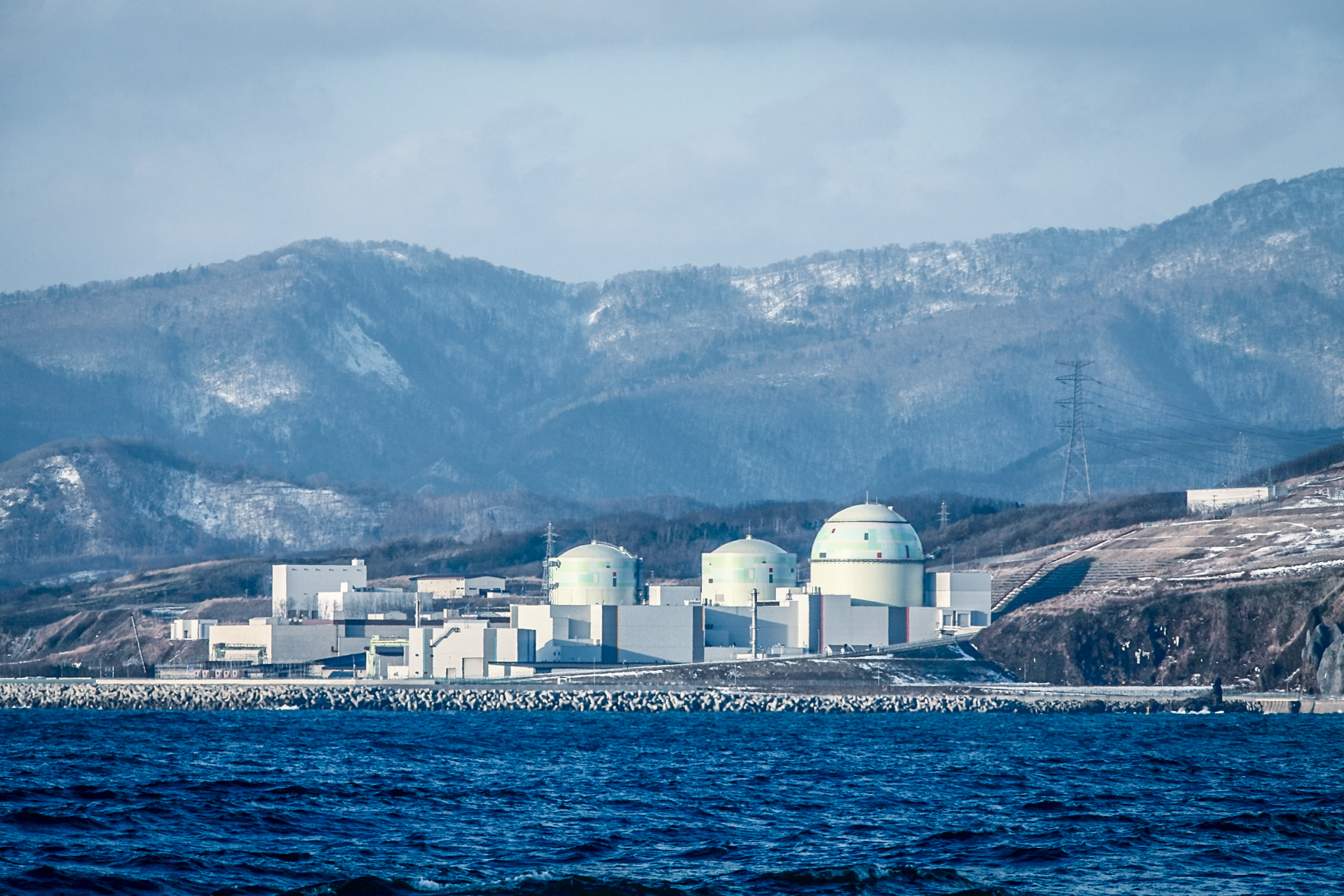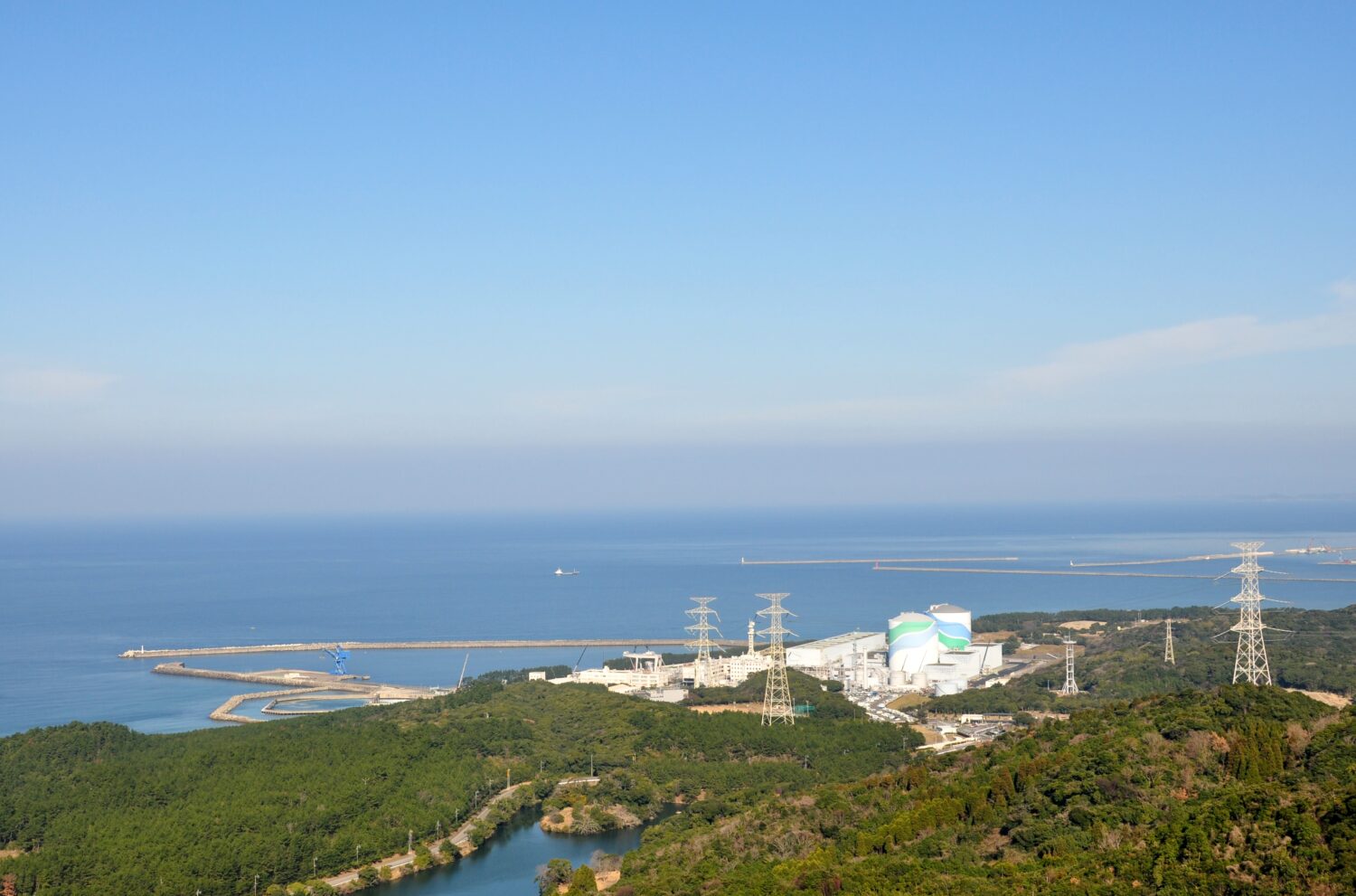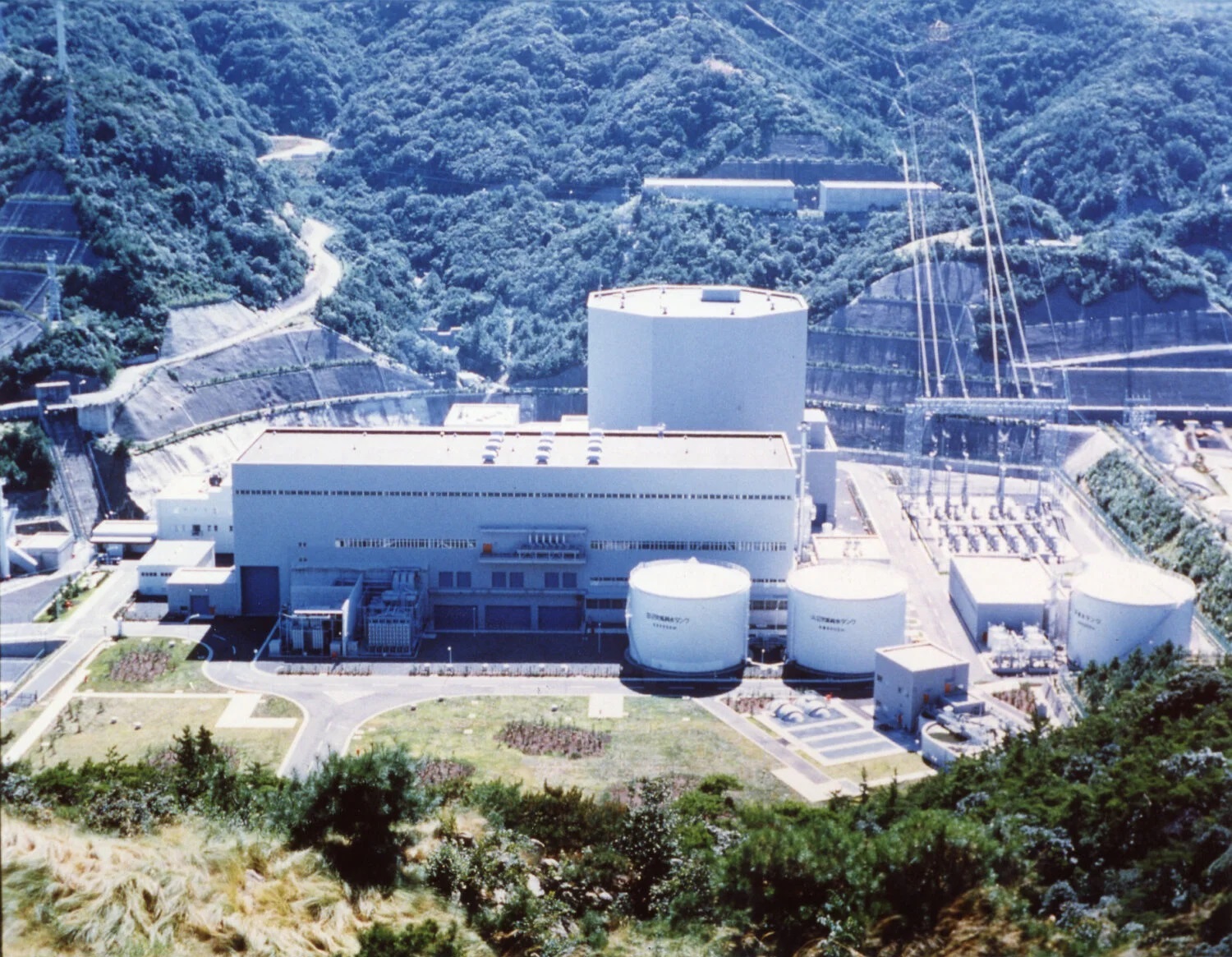On August 25, NISHIMURA Yasutoshi, head of the Ministry of Economy, Trade and Industry (METI), held a video conference with Director General Rafael Mariano Grossi of the International Atomic Energy Agency (IAEA). Saying that the Japanese government would be involved and take responsibility for the release until decommissioning is completed, Nishimura asked Grossi for the IAEA’s long-term cooperation toward ensuring safety.
On the same day, HAYASHI Yoshimasa, head of the Ministry of Foreign Affairs (MOFA), also had a video conference with Grossi. The two concurred on drafting and issuing a document at an early time showing publicly the cooperation and coordination between Japan and the IAEA in confirming the safety of the ALPS-treated water.
In July, the IAEA had submitted a comprehensive report to the Japanese government, concluding that the offshore release of the ALPS-treated water “is consistent with the relevant international safety standards, and the levels of radiation effects on people and the environment will be negligible.”
After the release on August 24, METI Minister Nishimura published the results of analyses of tritium concentrations in seawater and fish conducted by the Tokyo Electric Power Co. (TEPCO), the Ministry of the Environment, and the Fisheries Agency. He also released an statement saying that the government would work to prevent and counter reputational damage to the local fisheries industry stemming from ungrounded fears and rumors, and to support fishermen in continuing their livelihoods.
On August 28, Nishimura visited Fukushima with METI State Minister OTA Fusae to attend an event with distributors and retailors in the prefecture held at a branch of the York Benimaru supermarket chain. It was part of efforts to promote local marine products from disaster-affected areas―Sanriku Joban Mono, or “products from the Sanriku Joban area”―and expand their consumption. Participants exchanged views and opinions and tasted some of the products. Nishimura also joined a meeting of a council of area people involved in Fukushima reconstruction and revitalization.
At the supermarket, Nishimura said that the government wanted the scientific safety of the ALPS-treated water to be understood and that it wanted “to work together” and would “put a great deal of effort into highlighting the appeal of prefectural products.” Ascertaining the safety and publishing the data, he said, was the best way to prevent reputational damage. He also ate sashimi made from flounder and Sakhalin surf clams landed in Soma City, Fukushima, after the release of the water.
On August 24, after the water was released, TEPCO sampled seawater at ten locations in an area 3km from Fukushima Daiichi. At each location, the tritium concentration was confirmed to be below the limit of detection (some 10 Bq/l). Tritium concentration after dilution with seawater is intended to be below 1,500 Bq/l.
Mindful of the many people wanting to know the status of the offshore release, TEPCO updated its treated water portal site. METI also put up a website showing the results of analyses of tritium concentrations in seawater near the NPPs, with blue circles indicating “clear.” When the level is above the level determined for suspension of the release, a warning message will be shown.


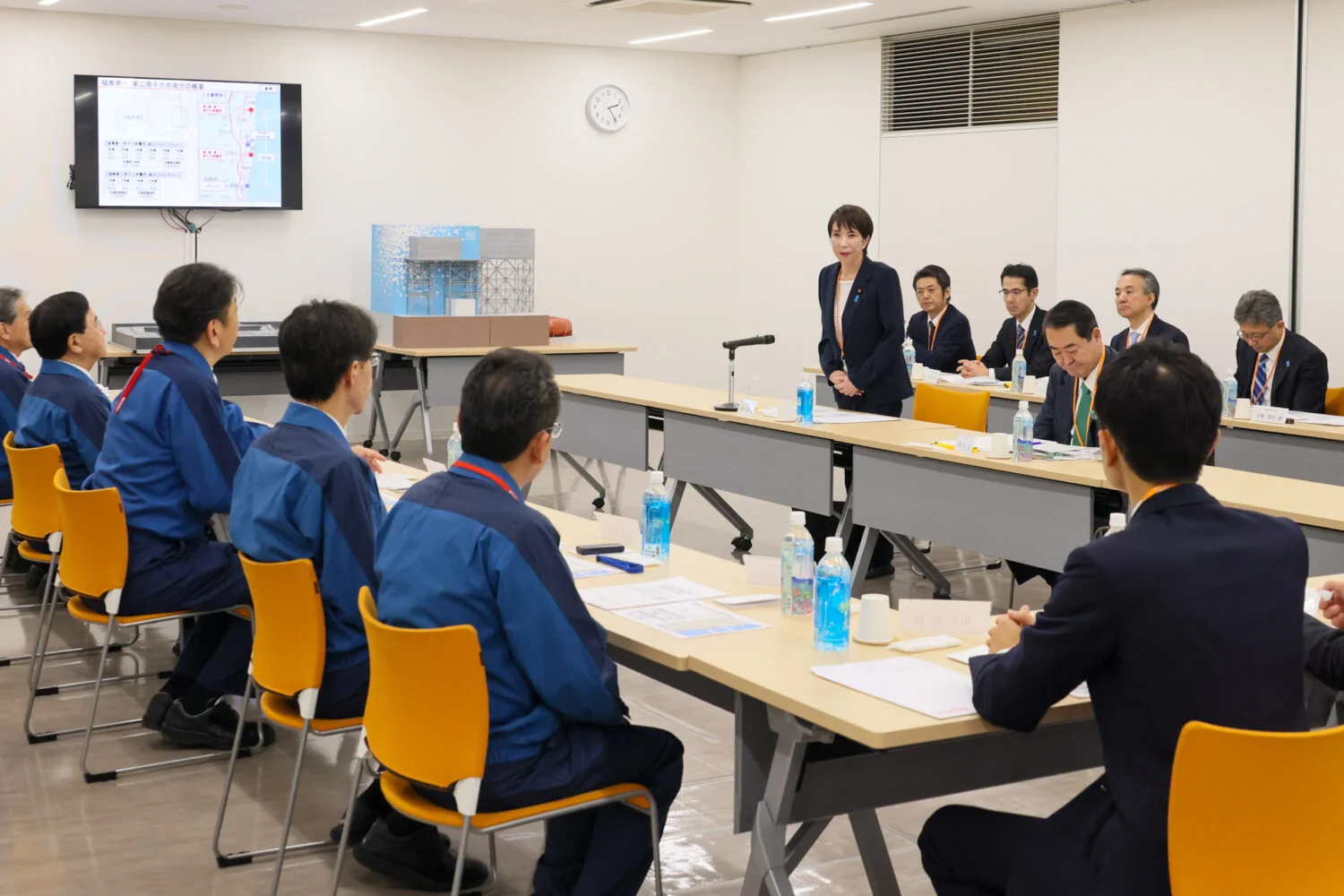


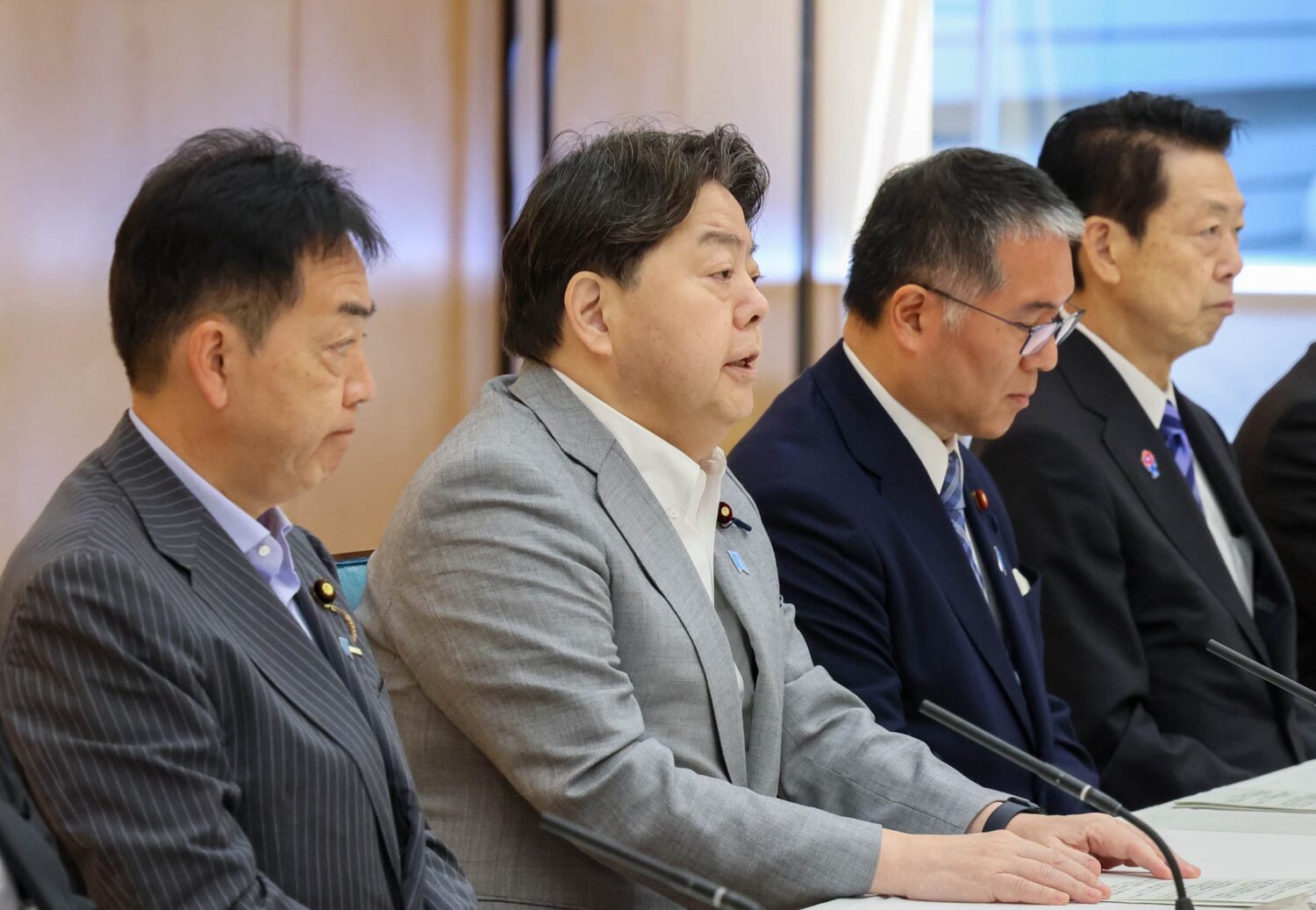
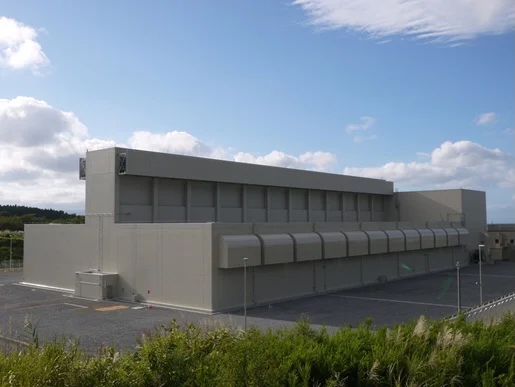
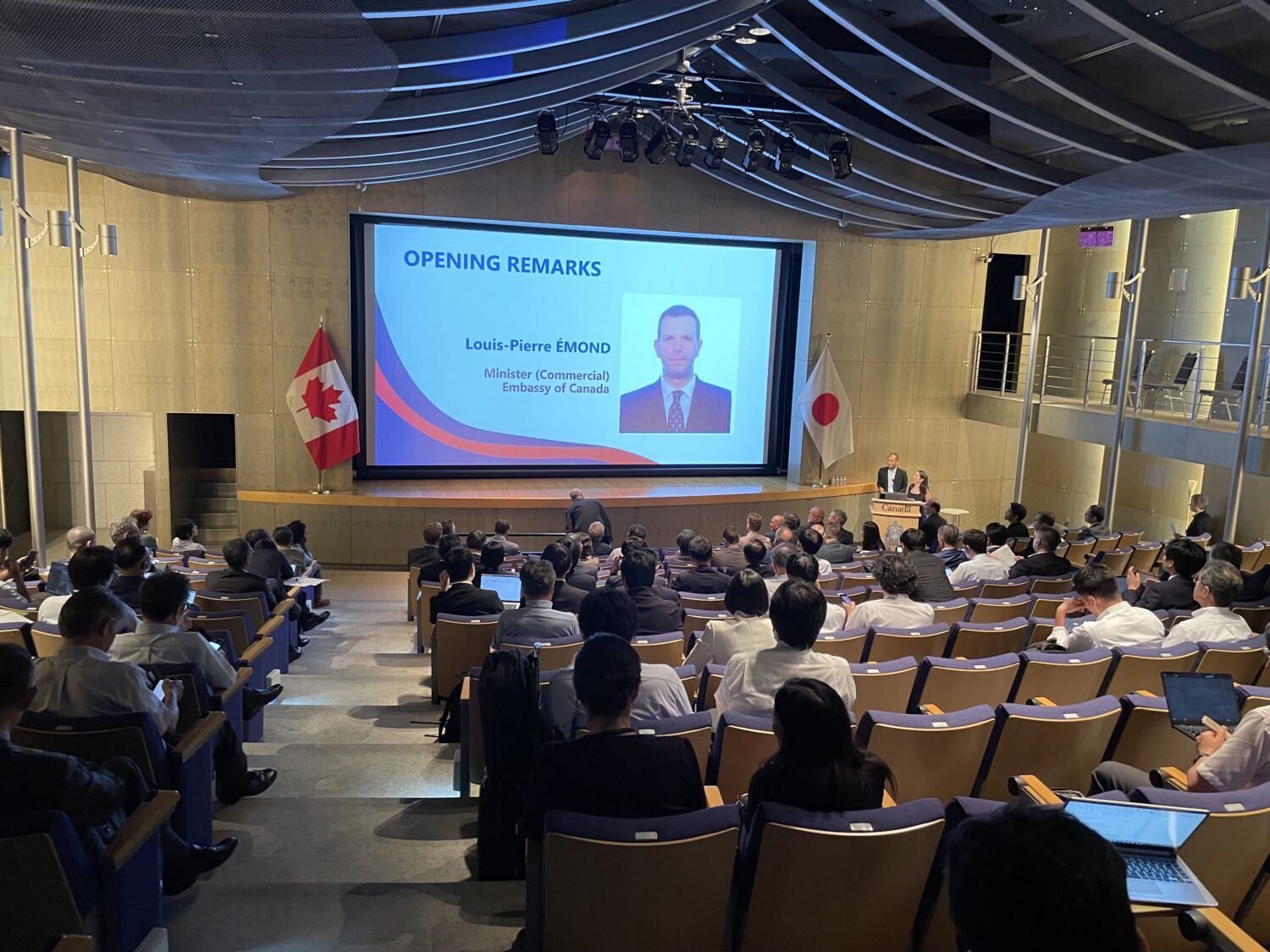
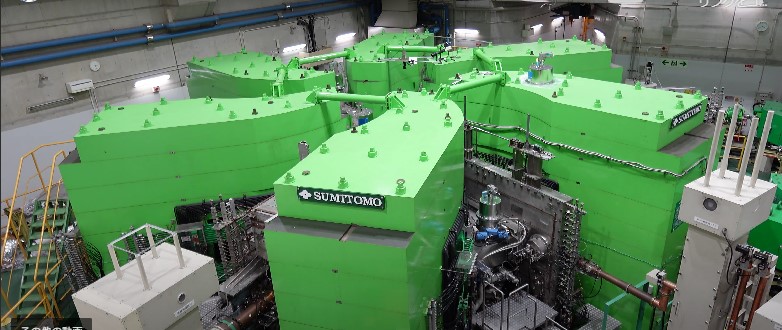



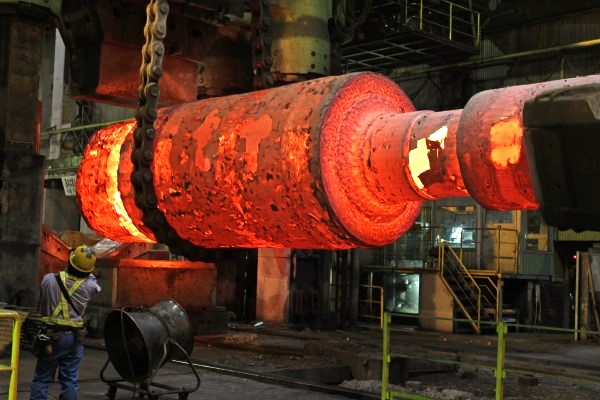







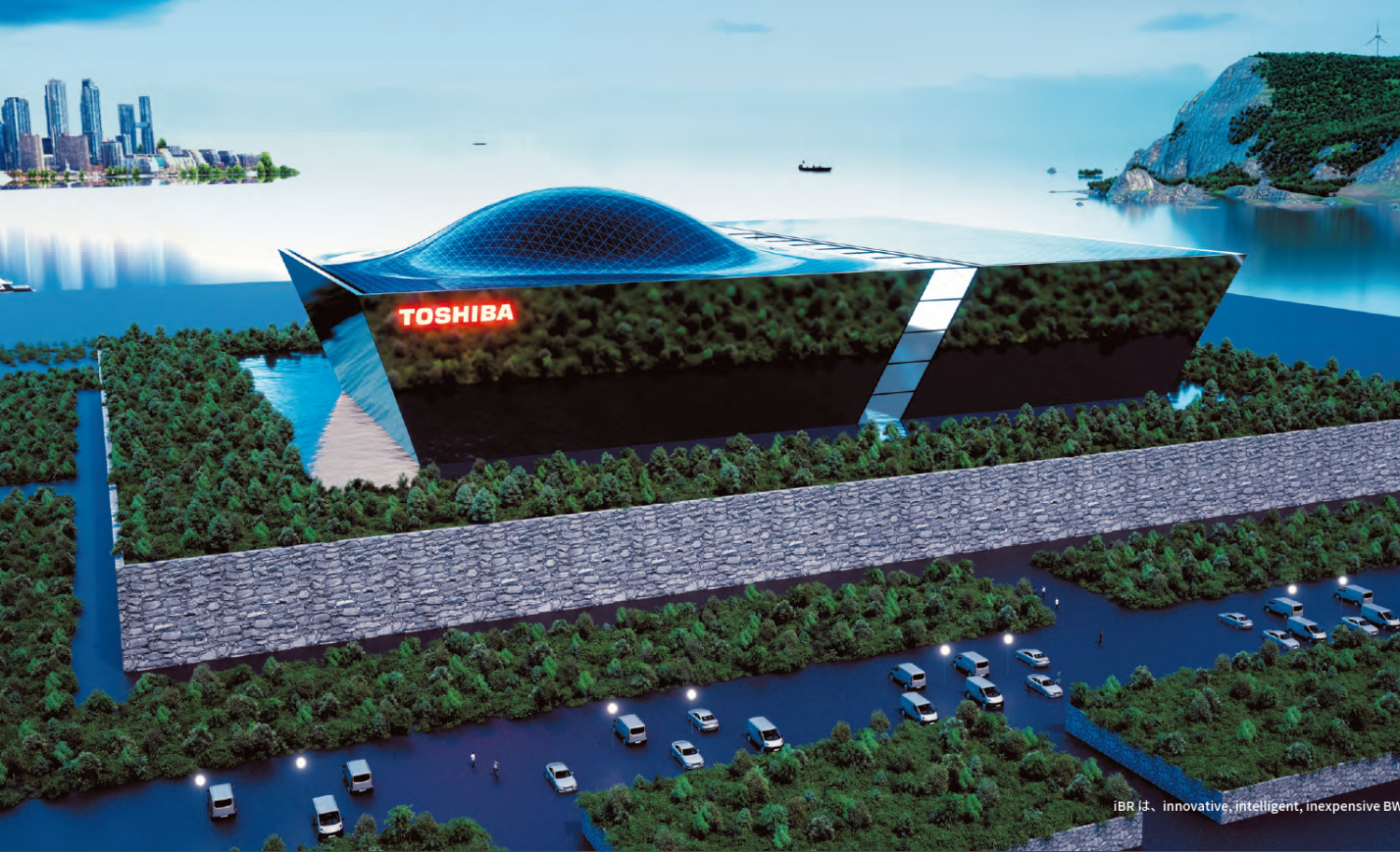
-013.jpg)
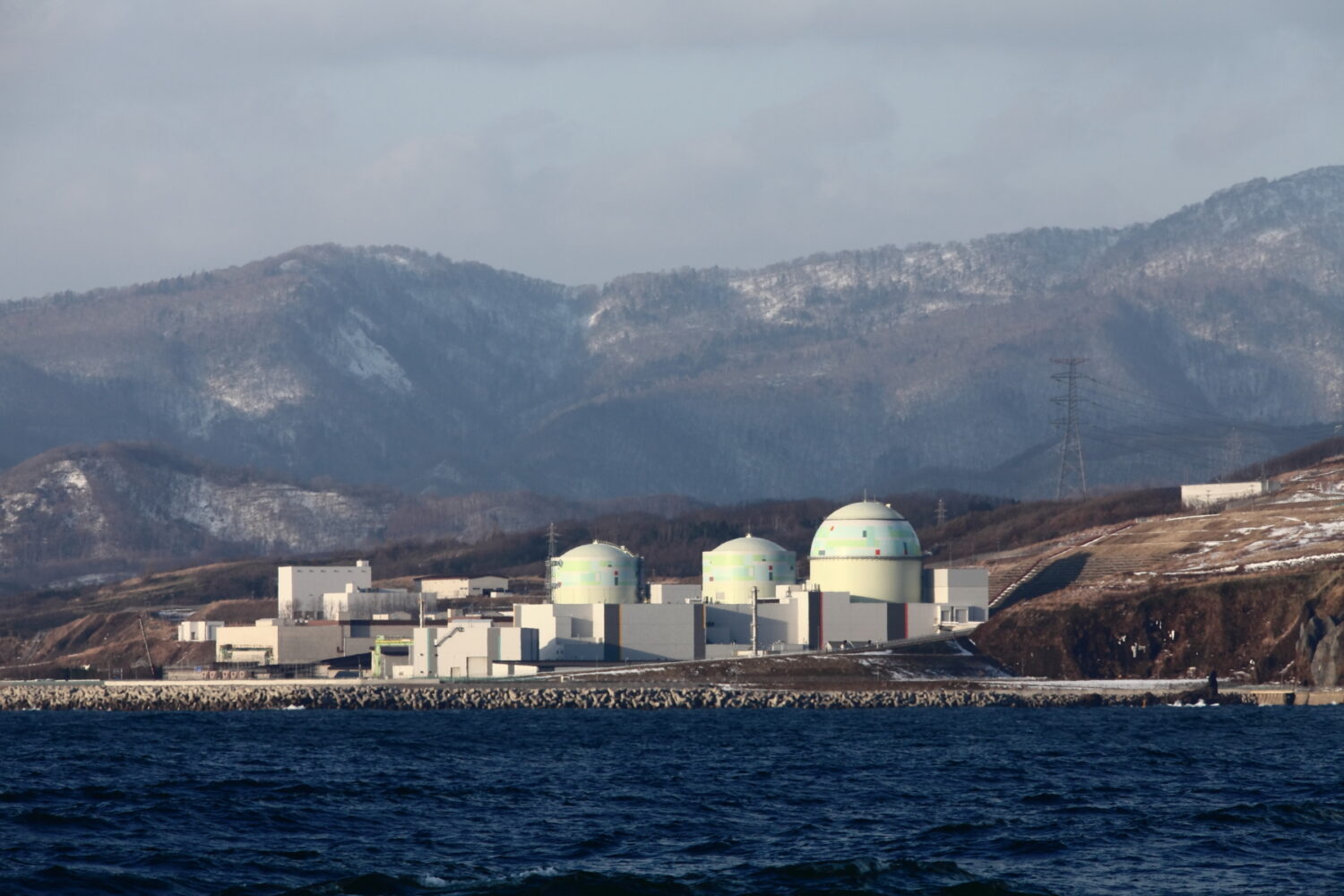
-049.jpg)
.jpg)

